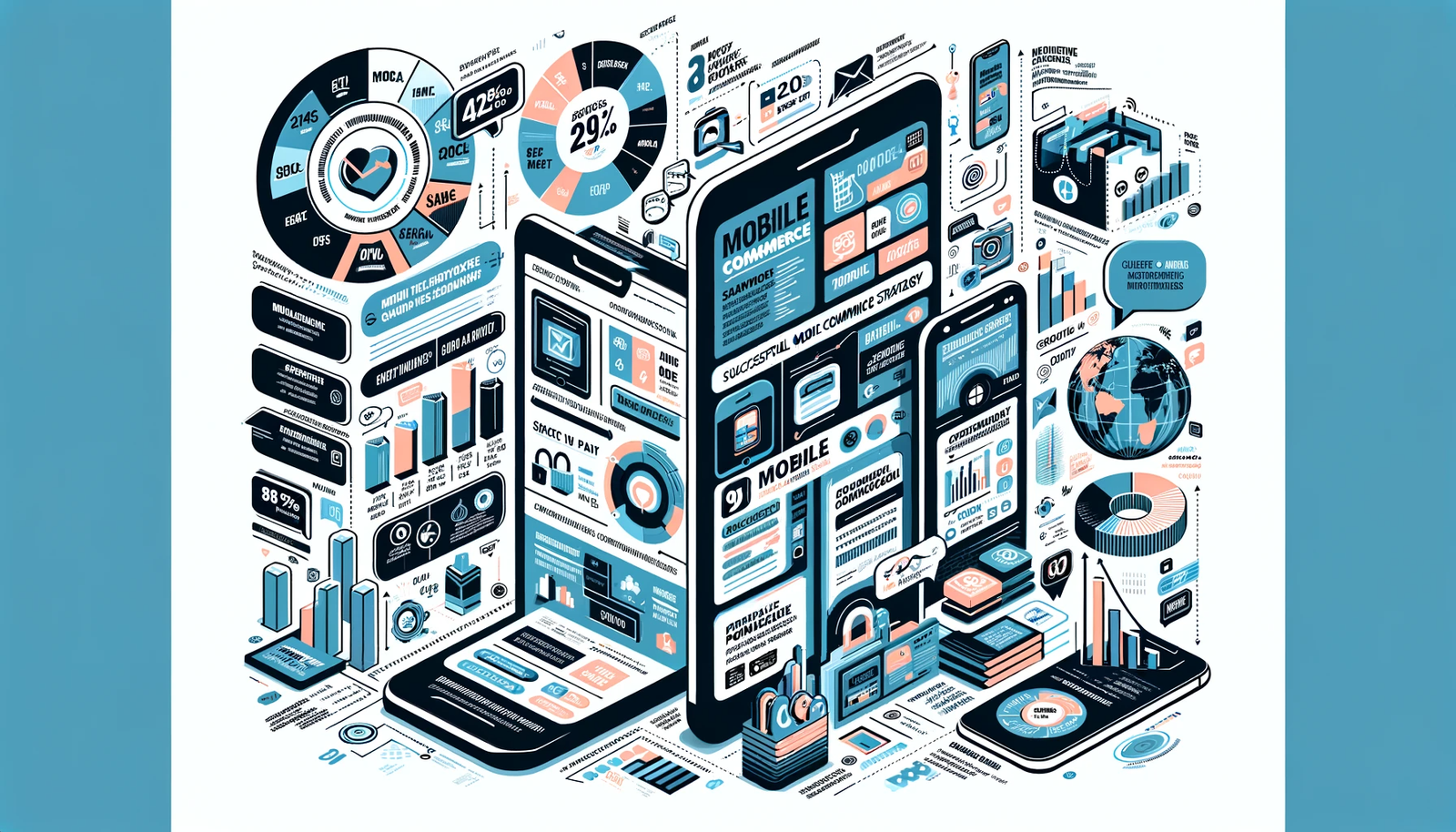
Revolutionizing Supply Chains: Big Data’s Role
The mix of huge amounts of information in the store network is changing the planned operations industry. By streamlining activities with bits of knowledge gleaned from tremendous informational indexes, organizations are achieving new degrees of productivity and responsiveness. In this segment, we dig into how Large Information is reshaping the store network, from its definition to certifiable applications, and the difficulties en route.
What is Big Data in Supply Chain Management?
The executives allude to the enormous volume of information created from different sources inside the store network, including provider quality information, distribution center information, planned operations information, and client request information. This information, when dissected, can prompt superior independent direction, better estimating, and improved functional effectiveness.
The Evolution of Supply Chain Data Analytics
The Evolution of Supply Chain Data Analytics At first, supply chains depended on restricted informational collections and manual examination, prompting shortcomings and postponements. With Big Data, supply chains now have access to real-time analytics, predictive modeling, and AI-driven decision-making, resulting in operations that are more adaptable and responsive.
Case Studies: Successful Big Data Implementations in Supply Chains
A few driving organizations have effectively coordinated huge amounts of information into their inventory network tasks. For example, a conspicuous online business monster involves enormous information for ongoing stock administration and request determination, fundamentally lessening conveyance times and further developing consumer loyalty. Another model is a worldwide producer that executed an enormous information examination for provider quality control, bringing about cost reserve funds and improved item quality.
Challenges and Solutions in Big Data Adoption for Supply Chains
Notwithstanding its advantages, embracing huge amounts of information in supply chains comes with difficulties. These incorporate information security and protection concerns, the requirement for gifted staff, and the reconciliation of dissimilar information sources. Arrangements include putting resources into strong online protection measures, preparing representatives for information examination, and utilizing advanced information combination devices to create a brought-together information environment.
Table of Contents

The Mobile Commerce Boom: Trends and Statistics
The way we shop evolves with technology. The retail industry is being reshaped by an unprecedented rise in mobile commerce, or m-commerce. This segment investigates what portable business is, its quick development upheld by measurements, and methodologies retailers can embrace to flourish in the versatile shopping period.
What is Mobile Commerce?
Any financial transaction that is carried out with a mobile device is referred to as “mobile commerce.” It encompasses an expansive scope of activities, including internet shopping through portable applications or sites, versatile banking, and computerized wallets. As cell phones become more prevalent, versatile trade offers accommodation, speed, and customized encounters to buyers.
The Rapid Growth of Mobile Shopping: A Statistical Overview
The measurements encompassing portable trade feature its touchy development. Late examinations show that a huge number of online retail purchases are currently made on cell phones. The pattern is driven by factors like the far and wide reception of cell phones, enhancements in portable installment security, and the accommodation of shopping in a hurry. Year-over-year development rates for versatile shopping outperform customary web-based buys, flagging a change in shopper conduct.
Mobile Commerce Strategies for Retailers
To benefit from the portable trade boom, retailers need to embrace explicit procedures. These incorporate improving sites for cell phones, offering consistent portable installment choices, and using versatile showcasing procedures like SMS advancements and customized application warnings. Furthermore, utilizing information examination for designated showcasing and improving the versatile shopping experience through AR and VR innovations can give you an upper hand.

Revolutionizing Supply Chains: Big Data’s Role
Navigating the Mobile Commerce Wave: Strategies for Retailers
In this present reality where cell phones are an expansion of ourselves, the retail business is going through a huge change because of versatile trade. This part centers around how versatile trade is reshaping retail, features contextual investigations of fruitful retailers, addresses difficulties, and examines how to make a consistent portable shopping experience.
How Mobile Commerce is Reshaping Retail
Versatile trade isn’t simply changing the way in which buyers shop; it’s adjusting the actual texture of retail. Retailers are presently focusing on versatile sites and applications, consolidating portable installments, and involving area-based administrations to improve in-store encounters. These progressions are driven by customer interest in comfort, customized shopping encounters, and the capacity to shop whenever, anywhere.
Case Studies: Retailers Excelling in Mobile Commerce
A few retailers have set benchmarks in versatile business. For instance, a famous style retailer has coordinated expanded reality in its portable application, permitting clients to practically take a stab at garments. Another significant hardware retailer utilizes its versatile application to offer customized limits and in-store routes, upgrading the shopping experience and driving deals.
Overcoming Challenges in Mobile Retail Strategy
Taking on versatile trade accompanies difficulties, for example, guaranteeing portable site speed, defending client information, and coordinating on the web and disconnected shopping encounters. Retailers need to zero in on hearty, versatile security conventions, enhance portable site execution, and create a cohesive client experience across all channels.
Building a Seamless Mobile Shopping Experience
To fabricate a consistent portable shopping experience, retailers ought to zero in on easy-to-use configuration, customized content, and effective client care. Integrating highlights like single-tick buying, customized proposals, and simple access to client care can fundamentally improve the versatile shopping experience.
Synergizing Big Data with Mobile Commerce for Retail Success
The combination of large information and portable business is setting out remarkable open doors for retailers. This powerful blend incorporates further bits of knowledge into buyer conduct, prompting more customized and productive shopping encounters. In this part, we investigate how large information crosses with versatile business, its job in customizing shopping encounters, the use of prescient examination, and contextual analyses of effective executions.
The Intersection of Big Data and Mobile Commerce
Enormous information and portable trade meet up to furnish retailers with important bits of knowledge about client inclinations, purchasing propensities, and patterns. Retailers can improve their mobile commerce strategies to meet the changing needs of their customers by analyzing data from mobile apps, online transactions, and interactions with customers.
Harnessing Data for Personalized Mobile Shopping Experiences
Personalization is at the core of present-day retail. Enormous information examination empowers retailers to offer customized shopping encounters on portable stages. This can incorporate custom-made item suggestions, altered advancements, and content that reverberates with individual purchaser inclinations, all conveyed through cell phones.
Predictive Analytics in Mobile Commerce
Prescient examination, a feature of enormous information, is especially effective in portable trade. Retailers are able to forecast consumer behavior in the past as well as market trends. This ability considers more precise stock administration, designated promotional efforts, and even anticipates shopper needs before they emerge, upgrading consumer loyalty and faithfulness.
Case Studies: Retailers Who Are Leading the Way
A few retailers have effectively coordinated large amounts of information with their portable trade methodologies. For example, a worldwide design retailer utilizes enormous information to track buyer behavior across its portable application and site, empowering them to provide exceptionally customized shopping encounters. Another model is a basic food item chain that utilizes prescient examination to send opportune offers and advancements to clients on their versatile application, bringing about expanded deals and client commitment.
Conclusion
We have seen that big data in supply chain management and mobile commerce are more than just trends; they are also crucial components of the changing retail and logistics landscape. These innovations are reshaping the way in which organizations work, offering upgraded proficiency, customized client encounters, and new degrees of deftness and knowledge.
The Importance of Big Data in Supply Chain Management
Enormous information has altered the inventory network for executives, taking into account more educated navigation, further developed effectiveness, and proactive critical thinking. It has changed customary stockpile chains into dynamic, responsive, and interconnected frameworks that can adjust to changing economic situations and customer requests.
The Role of Mobile Commerce in Retail
Mobile commerce has emerged as the dominant force in retail, providing retailers with valuable data and insights while also providing customers with convenience and personalization. It has fundamentally altered the shopping experience by opening up new channels for customer engagement, marketing, and sales.
Looking to the Future
As we look forward, the coordination of large information and portable businesses is probably going to develop, with arising advancements like man-made intelligence, AI, and IoT assuming progressively huge parts. Retailers and store network chiefs who embrace these advances will be strategically set up to flourish in this unique climate.
The eventual fate of retail and inventory networks for executives is unquestionably computerized, information-driven, and portable. Organizations that adjust to these progressions and tackle the force of large information and portable businesses will lead the way in effectiveness, consumer loyalty, and advancement.
Frequently Asked Questions (FAQ)
What is Big Data in Supply Chain Management?
Big Data in supply chain management refers to the large volumes of data collected from various sources within the supply chain network, such as supplier performance, inventory levels, and customer demand. This data is analyzed to improve efficiency, reduce costs, and enhance the overall performance of the supply chain.
How is Mobile Commerce Changing Retail?
Mobile commerce is transforming retail by enabling shopping through mobile devices, leading to increased convenience for consumers. It allows for personalized shopping experiences, real-time customer engagement, and provides retailers with valuable insights into consumer behavior and preferences.
What are the Key Benefits of Integrating Big Data in Supply Chains?
Integrating Big Data in supply chains offers several benefits, including enhanced decision-making capabilities, improved demand forecasting, optimization of inventory levels, and increased supply chain visibility and transparency.
How Can Retailers Optimize Their Mobile Commerce Strategy?
Retailers can optimize their mobile commerce strategy by developing user-friendly mobile websites and apps, leveraging data analytics for personalized marketing, and integrating seamless payment options. Focusing on customer experience and integrating technologies like AR and AI can also enhance the effectiveness of their mobile commerce strategy.
What Challenges Do Retailers Face with Mobile Commerce?
Challenges in mobile commerce for retailers include ensuring data security, managing the integration of online and offline experiences, and keeping up with rapidly changing technology and consumer expectations. Providing a consistent and responsive mobile user experience is also crucial.
Don't Stop Here
MORE TO EXPLORE

Digital Marketing Services
Ignite Your Online Presence: Amplify Reach and Engagement with our Cutting-Edge Digital Marketing Back Office Solutions.

Website Development
Crafting Digital Success: Unlock Your Online Potential with our Dynamic Web Development Back Office Solutions.

Global Procurement (Complete P2P)
Worldwide Sourcing Simplified: Streamline and Optimize Global Procurement with our Efficient Back Office Solutions.
For Other Services
Connect with us here

Digital Marketing
Services
Elevate your brand through tailored digital campaigns, spanning SEO, social media, and compelling content, ensuring optimal ROI in a dynamic online landscape.

Artificial Intelligence Services and Products
Leverage AI’s potential for data-driven insights, predictive analytics, and process automation, driving personalized experiences and operational excellence.
What is Payroll Processing?
Payroll processing is a fundamental business function that involves calculating and distributing wages, salaries, and taxes for employees. This process encompasses a variety of tasks including determining employee wages, withholding taxes, updating sick and vacation pay, and deducting employee-contributed payments for benefits. Payroll processing is crucial not only because it ensures that employees are paid accurately and on time, which is vital for maintaining morale and trust, but it also involves compliance with various tax laws and employment regulations. Mistakes in payroll can lead to serious legal and financial consequences, making efficient and accurate payroll processing a key component of business operations.
What are the Types of Payroll Processing Services?
Payroll processing can be managed through several service models, each with its unique benefits and considerations:
In-House Payroll Processing: This model involves managing payroll internally within the company. Businesses using in-house payroll are responsible for all payroll-related tasks, including calculations, withholdings, tax filings, and compliance management. This model offers more control but requires significant time, expertise, and resources.
Outsourced Payroll Services: Here, businesses delegate their payroll functions to an external service provider. Outsourcing payroll can reduce the burden of administrative tasks, ensure compliance with tax laws, and provide access to expertise and advanced technology. However, it also means relying on external parties for a critical business function.
Cloud-Based Payroll Solutions: These are online payroll services that businesses can access through the internet. Cloud-based solutions offer flexibility, scalability, and often come with integrated features for managing taxes, benefits, and compliance. They provide the convenience of outsourcing while giving businesses more control and real-time data access.
Each of these models has its advantages and can be chosen based on the size, complexity, and specific needs of the business. The key is to evaluate which model aligns best with the company's operational structure and payroll management goals.
